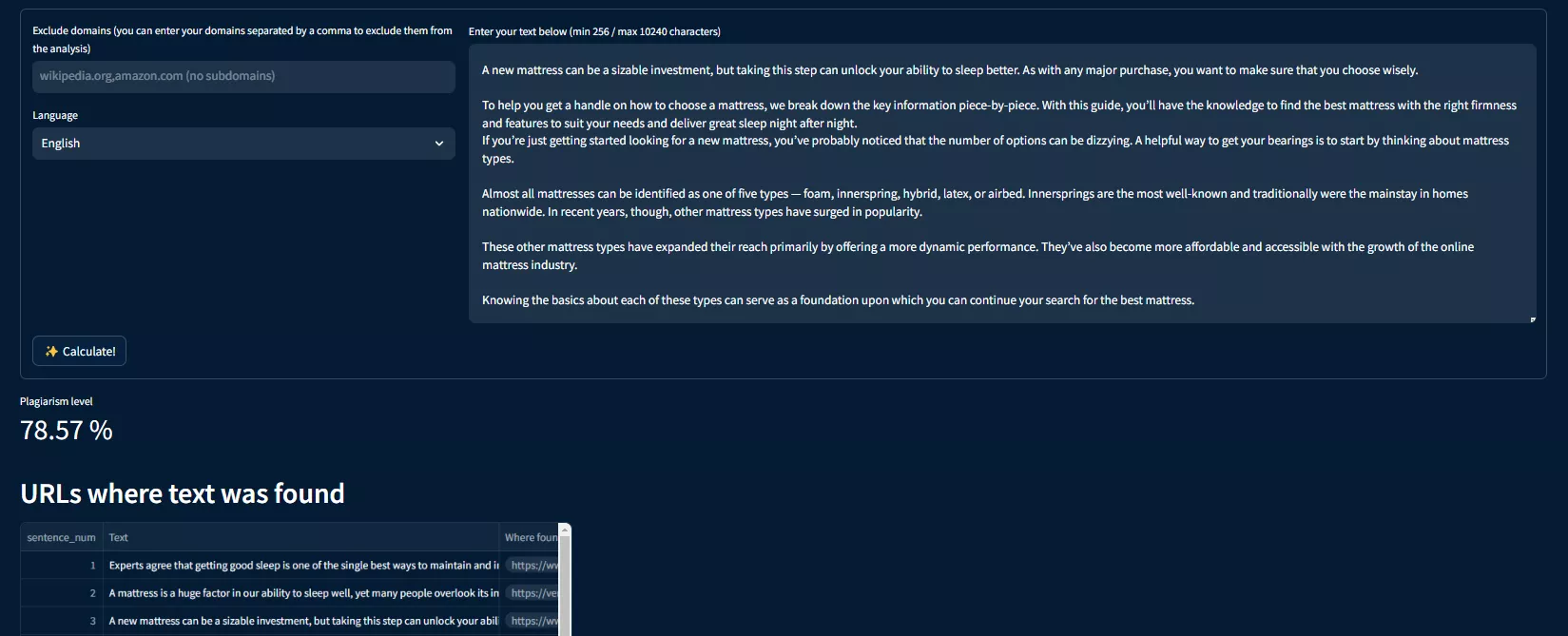What is a Doorway Page, and Why You Should Avoid Using It
Doorway pages serve as a bridge to lead users to another page. Instead of landing on the page that provides useful information related to the search intent, doorway pages, in most cases, redirect visitors to another page through a “doorway” and provide little value to a user by itself. In this article, I will explain how to identify such pages and their impact on SEO.
What are doorway pages?
Imagine you stand in front of the museum’s door, expecting to see something special behind it. But how would you feel if, after opening one door, you saw a notice asking you to open another? After opening the second door, you discover that there are no masterpieces but instead one more door with the same message. You would probably think that there is something wrong with this museum.
This is a clear example of a doorway page that transfers you from one site to another rather than providing the information you seek.
A doorway page is an SEO technique used to funnel visitors to a page stuffed with keywords or a set of keywords that don’t provide any real value. It is created specifically for ranking benefits. Also called “jump pages,” it is designed for search engines, not real users.
These pages are designed to achieve top rankings in search engine results pages (SERP) by deceiving search engines and visitors. They aim to secure rankings for numerous targeted phrases, often focusing on long-tail keywords while redirecting users to a different location.
How do doorway pages affect your SEO?
Although it’s considered black-hat SEO, and Google doesn’t like it, many SEO specialists use doorway pages to secure the top positions on the search results. They can be indexed quickly using black-hat techniques and provide almost instant results and high rankings. Such pages are easy to set up as they are created using templates or automated tools.
Doorway pages, like any other black-hat SEO technique, can boost your traffic in the short term but may cause your website more damage in the long run. Sooner or later, your website will be blacklisted on Google.
Before 2015, doorway pages were a common practice in SEO. Webmasters manipulated search engines using keyword stuffing and hidden text to gain higher rankings. In March 2015, Google updated its webmaster guidelines and penalized the doorway pages. Now, they are considered a form of cloaking and should be avoided.
When using doorway pages in SEO, you should be prepared to deal with the consequences:
- Search engines like Google actively penalize websites that use doorway pages, which they consider a form of spam and manipulation. Penalties can range from lowered rankings in search results to complete removal from search engine indexes.
- Doorway pages typically offer a poor user experience, often containing thin or irrelevant content. This can frustrate visitors and drive them away from your website, increasing bounce rates. This can harm your website’s reputation and credibility, diminishing users’ chances to engage with your content later.
- While doorway pages may temporarily boost traffic by targeting specific keywords, they will unlikely provide sustainable, organic traffic growth. Once search engines detect and penalize these pages, your website’s visibility and organic traffic will suffer, leading to a decrease in overall website performance.
How do you identify doorway pages?
There are a few key qualities of a doorway page:
- The page’s primary content consists mainly of keywords or multiple keyword variations.
- Include additional clicks for the users. For example, you want to visit a page with popular home decoration ideas. Still, instead, the doorway page leads you to a different page with the message: “Click here to see popular home decoration ideas.” You click on it, and you are redirected to a different website with home decoration ideas.
- The website has no navigation hierarchy; its pages aren’t connected and cannot be reached from the menu.
- There is almost no engagement on the page, comments, or social media shares.
- Multiple pages on the website differ only for location names (E.g., home decoration New York, home decoration Los Angeles, home decoration Boston, etc.)
- Content on multiple pages is slightly different (E.g., home decoration ideas, decoration home, floral home decoration, home interior decoration, etc.)
What are the examples of doorway pages
As Google explains, there are some examples of doorway pages:
- multiple websites with slight variations in the URL and home page to increase their reach for any specific keywords;
- multiple domain names or pages that target different locations but lead users to the same page;
- thin-content pages created solely for driving traffic to another page;
- pages with duplicate or copied content that provide no value to the visitors and try to manipulate search results.
How do you ensure your pages have sufficient quality?
Let’s move onto the practical side of things. We’ve just covered what the doorway page is, how to identify it, and how it influences your SEO strategy. But how do you make sure your website does not have one?
1. Create a proper site structure. Doorway sites have poor website structure, which makes it almost impossible to navigate the site. Thus, it’s crucial to make your website easy to navigate and ensure there are no hidden or dead-end pages. Smart site structure helps both Google and users to find relevant content on your website.
Tips to improve your site structure:
- create a silo site structure where all your pages would be categorized into several categories and subcategories;
- submit a sitemap to help Google bots understand your site’s structure;
- use internal linking to make sure that all your pages are linked to others;
- breadcrumb navigation is also essential for website navigation.
2. Build high-quality pages. As a rule of thumb, all your content must be of high quality. Make sure experts write all your posts and meet Google’s requirements.
3. Don’t use multiple websites. There is a high chance Google will treat your multiple websites as doorways, so it’s better to avoid it. The exception can be if your website moved to another domain, and you configure a redirect to a new address and submit a “change of address” request in Google Search Console.
4. Avoid duplicate content. This is a reasonable point, as having multiple pages with similar content is one of the key features of doorway pages.
How to get rid of duplicate content on your website:
- use unique titles and meta descriptions throughout your site;
- use 301 redirects for old or not-relevant content;
- use canonical tags to show which version of a page is the original;
- check your content for plagiarism. A great tool to use is Serpstat Plagiarism Checker:
Read more on our blog:
- What Are Keywords, and Why Is It Important to Use Them?
- SERP (Search Engine Results Pages) Explained
- What is a Dynamic URL, and How Can You Use IT
The bottom line
- A doorway page is an obvious example of black-hat SEO. Such pages are designed to funnel visitors to a page stuffed with keywords and then redirect them to another website.
- Doorway pages offer thin content and a poor user experience, which can harm your website’s reputation and credibility. Many search engines, like Google, penalize websites that use doorway pages, as they are considered spam and manipulation.
- Always use white-hat SEO strategies to ensure you don’t lose your audience and that your website is not penalized by Google for hosting the doorway pages. For that, create a proper site structure, build high-quality pages, and avoid duplicate content.
- Don’t forget to do regular SEO audits to keep your website on the safe track and address any SEO issues before they hurt your site.
Related Articles
Display Advertising Effectiveness Analysis: A Comprehensive Approach to Measuring Its Impact
In this article, I will explain why you shouldn’t underestimate display advertising and how to analyze its impact using Google Analytics 4
Generative Engine Optimization: What Businesses Get From Ranking in SearchGPT
Companies that master SearchGPT SEO and generative engine optimization will capture high-intent traffic from users seeking direct, authoritative answers
From Generic to Iconic: 100 Statistics on Amazon Marketing for Fashion Brands
While traditional fashion retailers were still figuring out e-commerce, one company quietly revolutionized how U.S. consumers shop for everything from workout gear to wedding dresses




